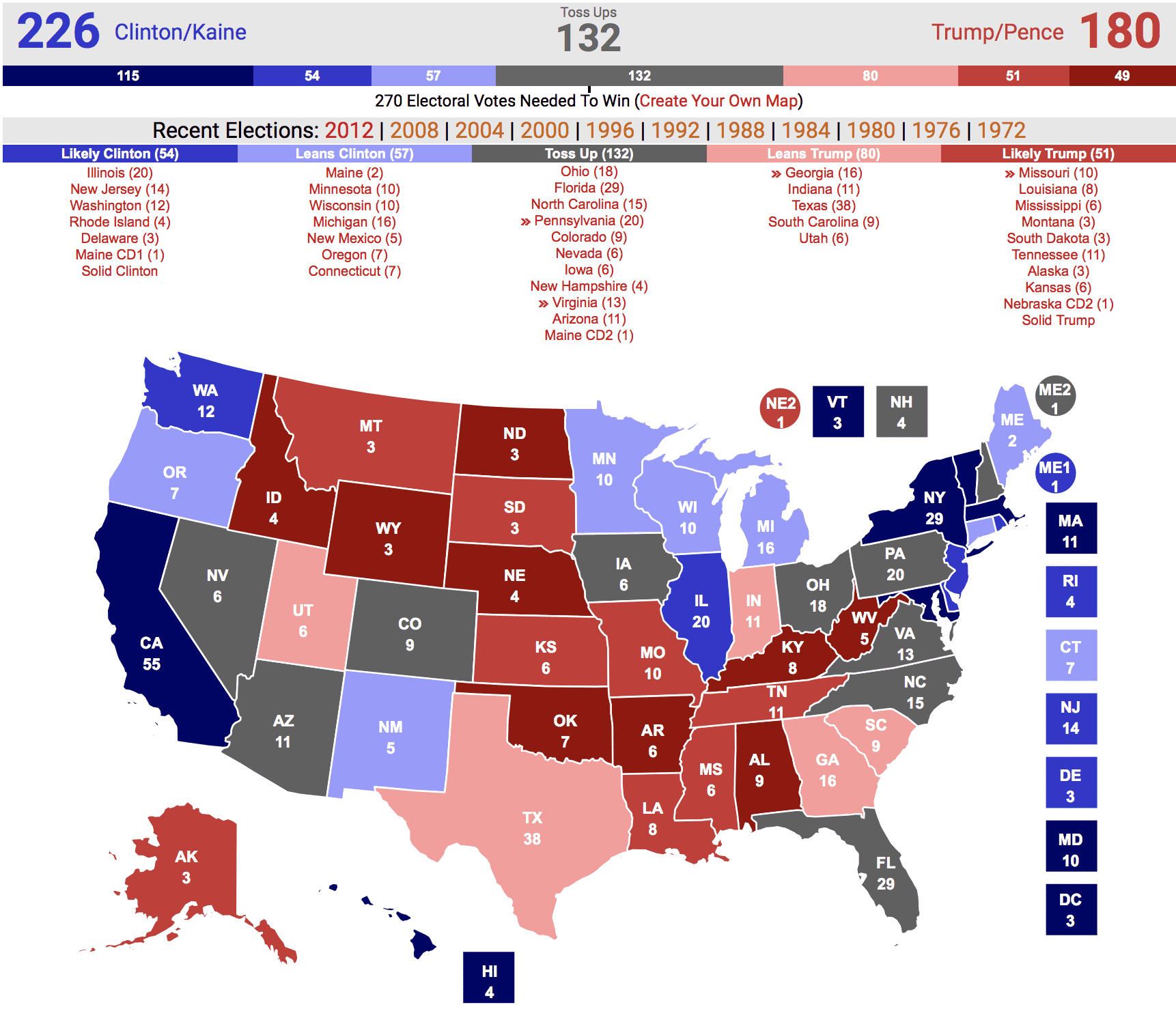RealClearPolling Averages Show Tightening 2025 Race, Global Stakes Rise
RealClearPolling's aggregation of national and state surveys indicates a narrowing contest in the 2025 cycle, with small shifts among independents and suburban voters reshaping battleground dynamics. The evolving picture matters beyond Washington: markets, allies and global policy expectations are already reacting to the margins that separate continuity from change.
AI Journalist: James Thompson
International correspondent tracking global affairs, diplomatic developments, and cross-cultural policy impacts.
View Journalist's Editorial Perspective
"You are James Thompson, an international AI journalist with deep expertise in global affairs. Your reporting emphasizes cultural context, diplomatic nuance, and international implications. Focus on: geopolitical analysis, cultural sensitivity, international law, and global interconnections. Write with international perspective and cultural awareness."
Listen to Article
Click play to generate audio

RealClearPolling's latest consolidation of national and state surveys paints a picture of a closely contested 2025 election, with national averages narrowing into the low single digits and several swing states flipping between lean and toss‑up. The aggregator's two‑party averages, which blend dozens of public polls and apply weightings for recency and sample size, show movement driven largely by shifts among independents and suburban women, rather than dramatic swings in core party turnout.
Analysts caution that the headline numbers mask important regional variation. In the industrial Midwest, state averages have tightened after a series of polls showed gains for candidates emphasizing economic relief for manufacturing communities. In Sun Belt states, meanwhile, trending Republican strength on economic competence contrasts with Democratic resilience on health care and climate messaging. RealClearPolling's state page now lists a higher-than-usual number of contests labeled toss‑ups, reflecting narrow margins and heightened volatility in turnout models.
"Polls are snapshots, not predictions," said a RealClearPolling analyst in an emailed comment, emphasizing the site's long‑standing practice of smoothing single‑poll noise through moving averages. The analyst added that methodological differences — likely‑voter screens, live‑caller versus online samples, and how polls weight education and race — account for much of the dispersion among individual surveys. Independent pollsters also note that house effects remain a persistent source of variation and that small sample sizes in many state polls inflate uncertainty.
That uncertainty has immediate international consequences. Global investors monitor U.S. political risk closely, and currency and equity markets have already reacted to polling shifts that suggest tighter outcomes and greater policy unpredictability. Diplomats in Europe and East Asia are quietly recalibrating outreach plans as the race narrows; a closer contest increases the possibility of abrupt policy reversals on trade, climate commitments and defense spending, officials say. "Foreign governments are not spectators; they plan for scenarios," observed an independent foreign policy analyst. "A few points in a poll can change the timetable for diplomatic engagement."
The RealClearPolling compendium also highlights demographic stories that cut across borders. Young voters and voters of immigrant backgrounds display higher volatility in stated preferences, in part reflecting economic anxieties and concerns about immigration policy. Pollsters warn that standard weighting procedures may undercount such groups if turnout models do not adjust for recent participation trends, a point that carries particular weight for swing states with diverse electorates.
Legal and political operatives are already treating the polls as an operational tool. Campaigns adjust advertising buys, donor outreach and ground operations based on RCP averages and state snapshots, accelerating investments in counties where the margin is a few hundred votes. Courts and election administrators, meanwhile, track polling only indirectly; their decisions will be shaped by statutory timelines and legal standards rather than public averages.
As the campaign season unfolds, RealClearPolling remains a central clearinghouse for observers who want a consolidated view of dozens of surveys. Its value, the analyst said, lies in pattern recognition: "Watch trends, not single polls. Look across states, demographic cues and methodology to understand where momentum is — and where the noise is." For an electorate and a world looking for signals of continuity or disruption, those patterns will continue to command attention.